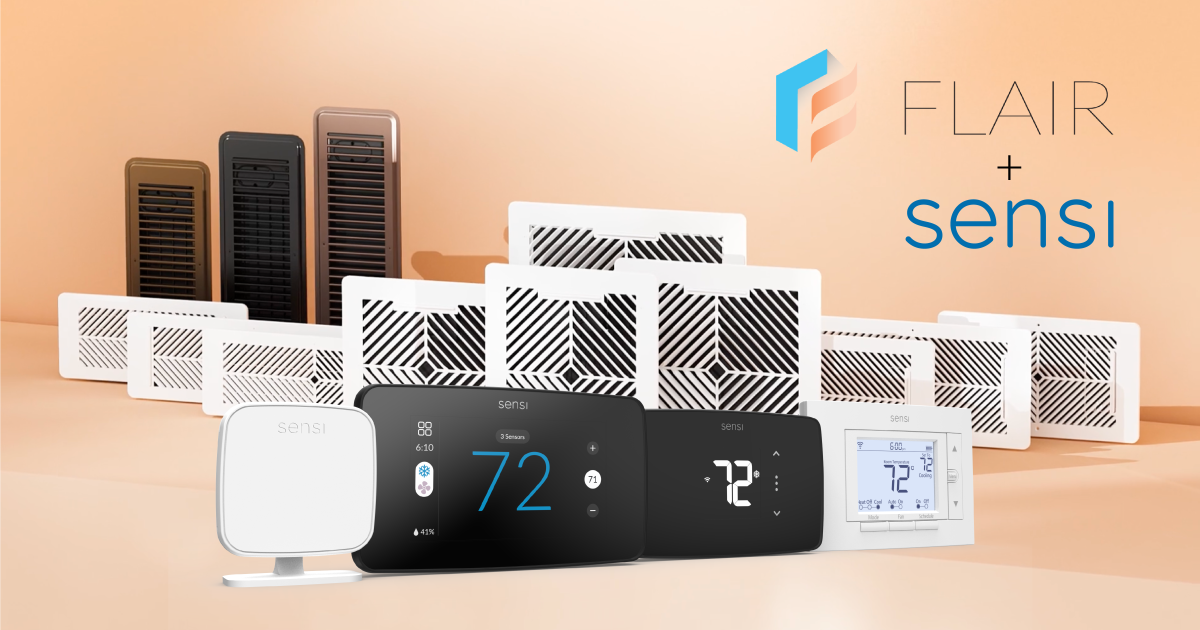On average, HVAC accounts for 40-50% of a household’s energy consumption, making it one of the most substantial energy expenses.
If your HVAC system is inefficient, HVAC energy consumption can be even higher - especially as we’re continuously cooling during the current heatwaves and extreme temperatures.
One major inefficiency, that can often be easily fixed, is duct leakage - the unintentional loss of conditioned air as it travels through the ductwork of a home. When there are holes or gaps in the ductwork, air can escape before it reaches its intended destination, increasing energy use and causing comfort issues.
Detecting Duct Leakage
Here are four common signs that may indicate you have duct leakage:
- Uneven Temperature Distribution: If you notice some rooms or areas in your home are significantly warmer or cooler than others, it could be a sign of duct leakage. The conditioned air may be escaping before it reaches certain spaces, leading to uneven temperature distribution.
- High Energy Bills: If your energy bills have been consistently higher than expected, despite regular usage patterns, it could be due to duct leakage. Leaky ducts can cause the HVAC system to work harder to compensate for the lost air, leading to increased energy consumption.
- Whistling or Hissing Sounds: When the HVAC system is running, listen for any unusual sounds coming from the ductwork, such as whistling or hissing noises. These sounds could be an indication of air escaping through gaps or holes in the ducts.
- Visible Leaks or Damage: During a visual inspection of your ductwork, look for any obvious signs of leakage, such as visible gaps, or damaged sections of the ducts.
Here’s an example of a duct connection at the register - you can see there are significant gaps surrounding the floor and the sheet metal, in this case leading to escaped air and whistling sounds when the HVAC is running.

Fixing Duct Leakage
There are simple fixes we can make to ensure our HVAC systems don’t need to work harder to maintain comfortable indoor conditions.
If you've noticed holes or gaps in your ductwork, you can use mastic sealant or foil tape designed specifically for HVAC systems. The specialized sealant or tape can be purchased at your local hardware store (avoid using standard duct tape, as it tends to deteriorate over time and may not provide a long-lasting seal). Apply the mastic or tape to cover the leak, ensuring a tight and secure fit.
Here’s an example of the same duct connection above, this time with the gaps sealed by HVAC foil tape. This simple and cost-effective solution instantly reduced energy use, improved temperature consistency in this room, and stopped the whistling/hissing sounds this customer was experiencing.

And here’s the same duct connection, with a Flair Smart Vent and Smart Vent Cover installed. A quick and clean solution, that isn’t visible once the vent/vent cover is installed.

If you notice common signs of duct leakage in your home, this could be a simple, cost-effective solution. Properly sealed and insulated ductwork can lead to substantial energy savings and improved indoor comfort.




